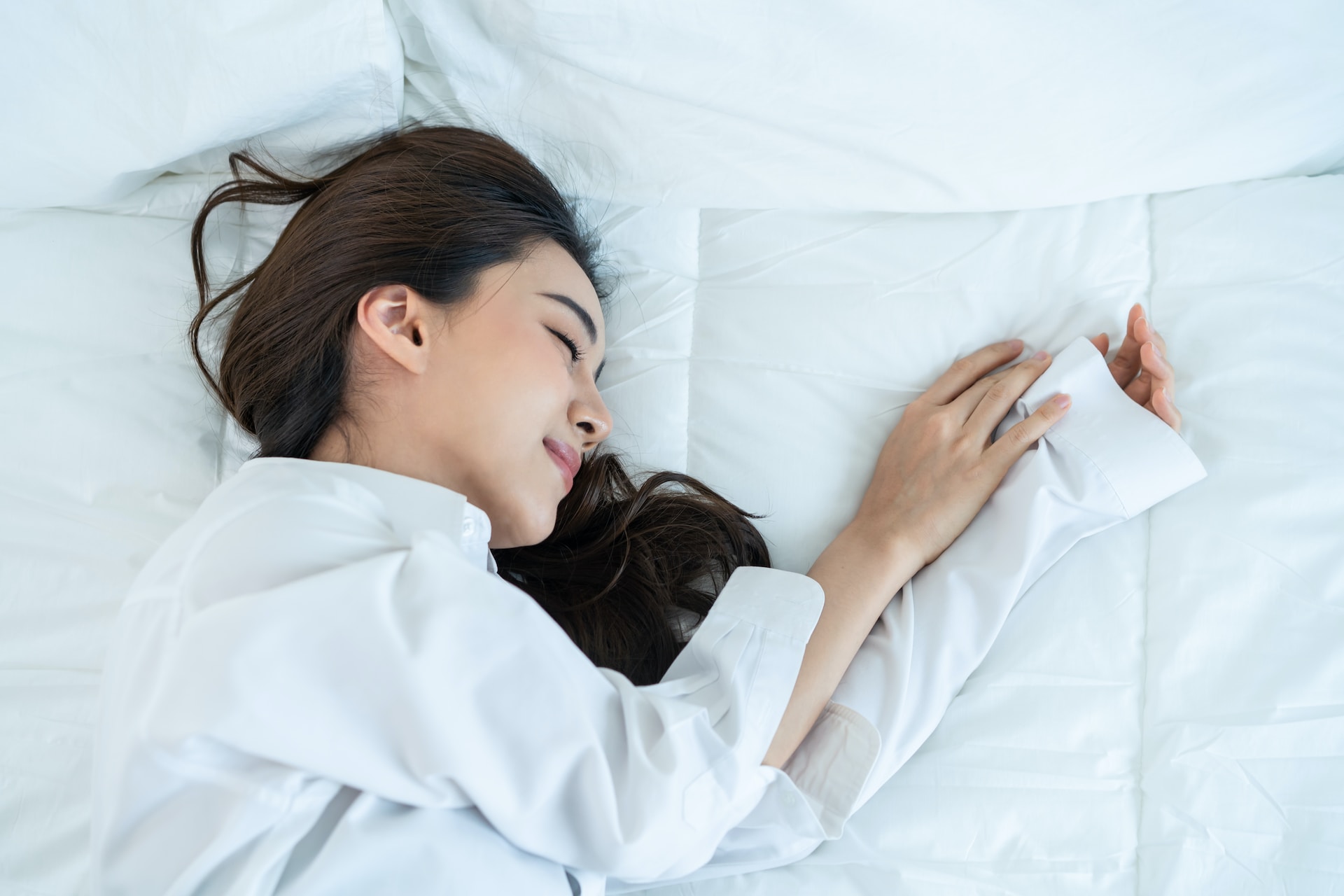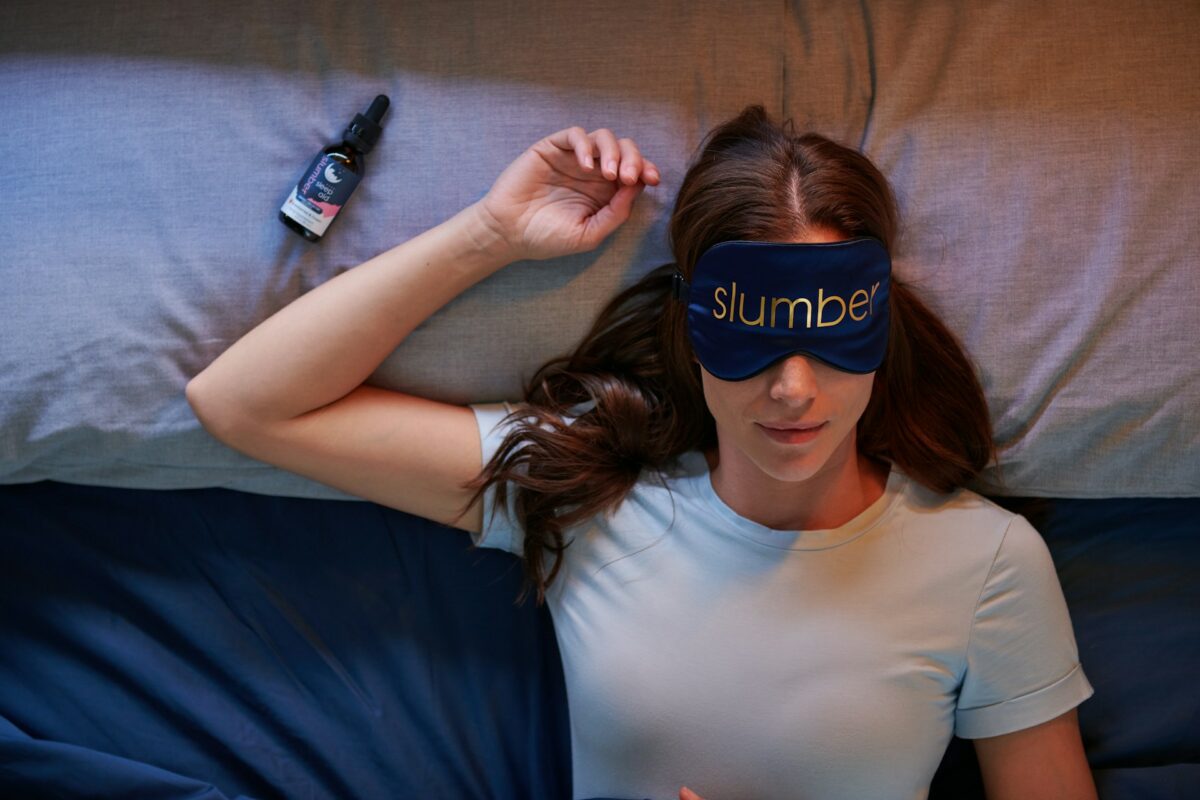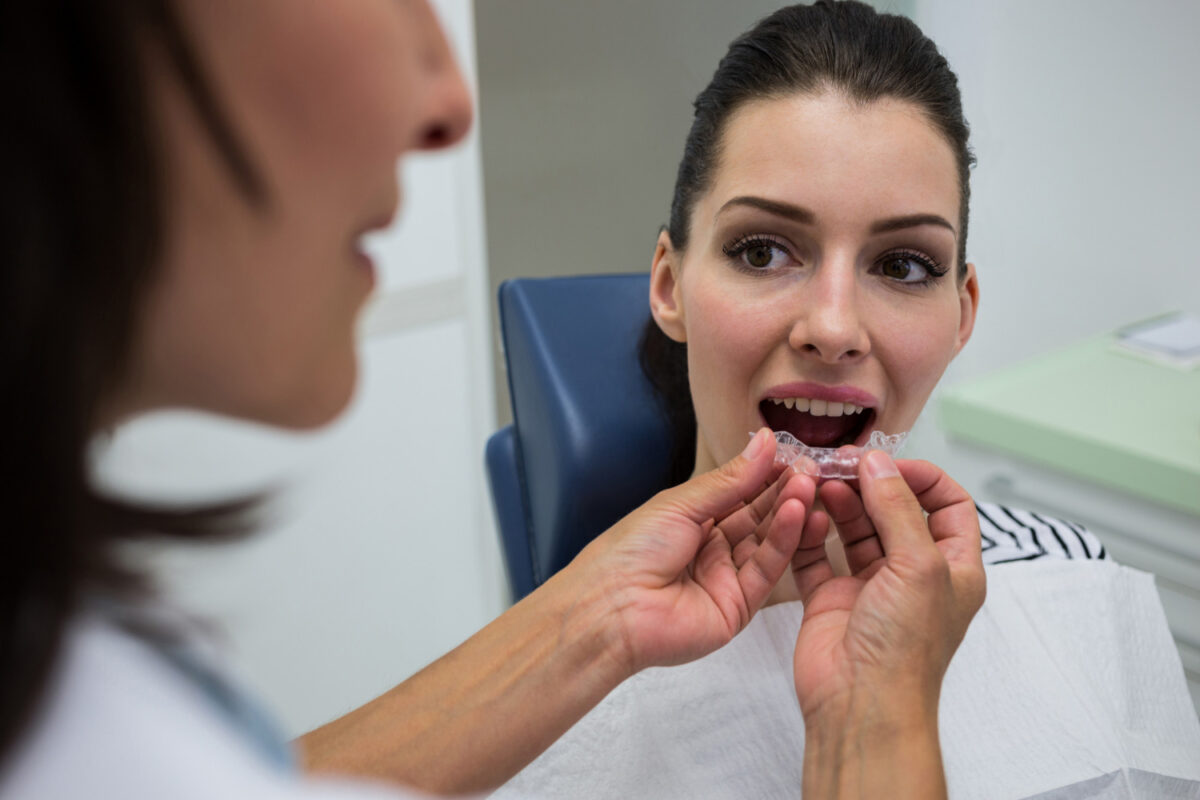Sleep is an integral aspect of our lives, essential to our overall health, well-being, and daily functioning. However, many individuals struggle to enjoy a truly restorative night’s sleep, resulting in fatigue, reduced cognitive function, and diminished quality of life. At Sleep Better Live Better in Vancouver, we’re committed to assisting you in fostering healthy sleep habits and routines to optimize your sleep health and enhance your well-being. Today, we will explore the concept of sleep hygiene and share practical tips for creating an ideal sleep environment and routine that promotes restorative, rejuvenating sleep.
Sleep hygiene is the collection of habits and practices that contribute to good sleep health. By cultivating and maintaining these habits, you can significantly improve the quality and duration of your sleep, leading to numerous benefits for your physical, mental, and emotional well-being. Poor sleep hygiene can disrupt natural sleep patterns, decrease sleep quality, and contribute to sleep disorders such as insomnia and sleep apnea.
In understanding the importance of sleep hygiene, it is essential to appreciate that our sleep environment and daily routines can significantly impact our ability to fall asleep and stay asleep through the night. Consequently, adopting healthy sleep habits and practices is a vital component of ensuring a consistently restful and rejuvenating sleep experience.
In this guide, we will delve into the principles of sleep hygiene and provide practical tips on how sleep environment modifications and healthy routine adjustments can aid in achieving a truly restful slumber. Join us as we uncover the secrets to effective sleep hygiene and learn how to apply these principles in your own life, unlocking the potential for improved sleep health and enhanced well-being.
1. Creating an Ideal Sleep Environment for Restful Slumber
To promote quality sleep, it’s essential to create a comfortable and relaxing sleep environment. Consider the following tips to help optimize your space for sleep:
- Keep the bedroom cool: A cooler temperature (16-19°C) is conducive to sleep, as body temperature drops when we drift off.
- Ensure darkness: Invest in blackout curtains or wear a sleep mask to block out any sources of light, including electronic devices.
- Minimize noise: Eliminate noise distractions with earplugs or use a white noise machine to block out unwanted sounds.
- Choose comfortable bedding materials: Opt for a supportive mattress and pillows made of materials suited to your sleep preferences and needs.
- Declutter your bedroom: A clean, organized, and peaceful environment can help cultivate a sense of calm before bedtime.
2. Establishing a Consistent Sleep Routine for Better Sleep Health
Consistency is key when it comes to sleep routines. A fixed bedtime and wake-up time can help regulate your internal clock and establish healthy sleep patterns. Incorporate these practices into your routine:
- Maintain a regular sleep schedule: Aim to go to bed and wake up at the same time each day, including weekends.
- Limit exposure to screens before bedtime: The blue light emitted by electronic devices can interfere with the body’s melatonin production. Avoid screens at least one hour before bed.
- Avoid stimulating activities close to bedtime: Engaging in vigorous exercise, stressful tasks, or emotionally-charged discussions can make it harder to settle down for sleep.
- Pay attention to food and beverage choices: Limit caffeine and alcohol intake in the evening, and avoid heavy or spicy meals close to bedtime
3. Incorporating Relaxation Techniques into Your Nightly Rituals
Adding relaxation techniques to your bedtime routine can further promote sleep readiness. Consider trying the following methods:
- Deep breathing exercises: Use slow, deep breaths to help calm the body and mind, aiding in relaxation and sleep readiness.
- Progressive muscle relaxation: Gradually tense and relax different muscle groups, starting from your head and working your way down to your toes. This can help relieve physical tension and pave the way to a restful night’s sleep.
- Guided imagery or visualization: Close your eyes and imagine a peaceful and calming place or situation. Visualize every detail, focusing on the sights, sounds, and feelings you’d experience, creating a serene mental state conducive to sleep.
- Gentle stretches or yoga: A short sequence of gentle stretches or yoga poses can help release tension and signal to your body that it’s time to relax and rest.
4. Addressing Sleep Challenges and Disorders Head-On
For individuals struggling with sleep challenges or disorders, professional guidance from a sleep expert may be necessary. Consult with a sleep specialist to assess your situation, discuss your concerns, and explore the most appropriate treatment options for your specific needs.
Conclusion
Sleep hygiene is paramount to achieving a restful and rejuvenating night’s slumber. By establishing an optimal sleep environment and routine, and incorporating relaxation techniques, you lay the foundation for better sleep health and an improved overall well-being.
At Sleep Better Live Better, we take pride in our commitment to helping patients find healthy sleep solutions in Maple Ridge. Whether you’re looking for guidance on improving sleep hygiene or seeking help with a sleep disorder, our team of professionals is here to assist you. Reach out to us and embark on your journey towards better sleep and a healthier, more energized life.





